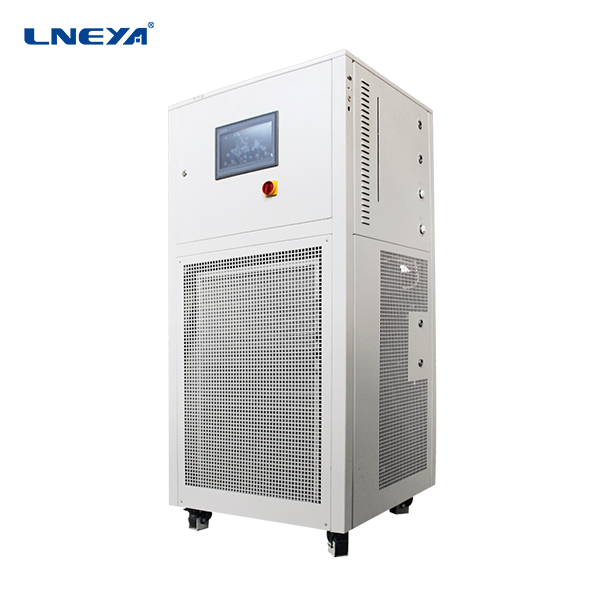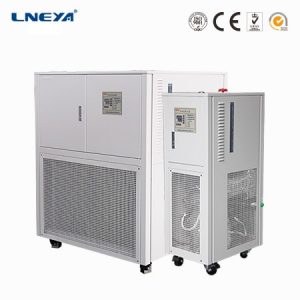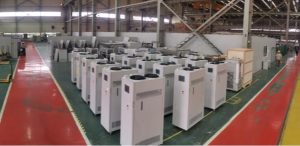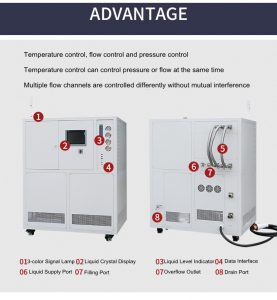Lneya Semiconductor High Precision Temperature Control System Description
Semiconductor high-precision temperature control systems are currently produced in the semiconductor industry with highly complex performance. Here is a description of the semiconductor high-precision temperature control system.
Along with large-scale integrated circuits, hundreds of voltage, current, and timing tests are required, as well as millions of functional test steps to ensure that the device is completely correct. To achieve such a complicated test, it can’t be done by hand, so the semiconductor high-precision temperature control system is used.
The semiconductor high-precision temperature control system is a collection of high-performance computer-controlled test instruments. It is a test system composed of a tester and a computer. The computer controls the test hardware by running instructions of the test program. The basic requirement of semiconductor high-precision temperature control systems is to repeat consistent test results quickly, reliably, ie speed, reliability and stability. To maintain correctness and consistency, the test system needs to be periodically verified to ensure the accuracy of the signal source and measurement unit.
When a test system is used to verify the correctness of a separate Die on a wafer, physical and electrical connections between the test system and the semiconductor are required, and the connections between the testers inside the test system are It is realized by the interface circuit board, and a loop is formed in the semiconductor high-precision temperature control system to enable electrical signals to be transmitted between the test system and the chip. When the chips are packaged, they are tested. This post-package test requires manual placement of these individual circuits into the socket on the load board. This is called manual testing.
The high-precision temperature control system of semiconductors has been developed by Lneya Refrigerator after long-term research, with high performance and stable operation. (This article is from the source network, if there is any infringement, please contact LNEYA to delete, thank you.)

Recomendaciones relacionadas
-
How to choose the lubricant for the injection molding machine?
2044The injection molding machine cooling system lubricating oil needs to pay attention to the type of compressor when selecting. The compressor has three types: piston type, screw type and centrifugal type. The first two kinds of lubricating oil are ...
Ver detalles -
Automotive new energy battery / motor thermal management performance test
15441. Thermal management physical architecture analysis New energy vehicle thermal management systems typically include engine cooling systems, power device cooling systems for motors, motor controllers, battery pack cooling/heating systems, passenge...
Ver detalles -
Precautions for changing the refrigerating oil in the cooling system of the car charger
1279El sistema de refrigeración del cargador de a bordo debe prestar atención al estado del aceite refrigerante durante el funcionamiento. Después de arrancar el compresor, observe cuidadosamente los cambios en la temperatura del aceite y la presión del aceite. Si el aceite cambia...
Ver detalles -
Titanium reactor temperature control in daily chemical, pharmaceutical and chemical industries
1753The advantages and trends of titanium reactors in the daily chemical and pharmaceutical industries, titanium reactors will play a huge advantage in the future. Reaction equipment used to complete processes such as sulfonation, nitration, hydrogen...
Ver detalles
 LNEYA Enfriadoras industriales Fabricante Proveedor
LNEYA Enfriadoras industriales Fabricante Proveedor














